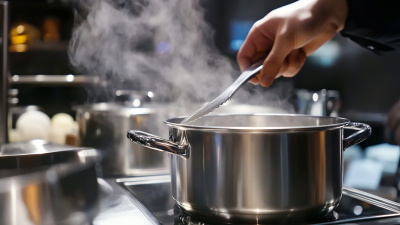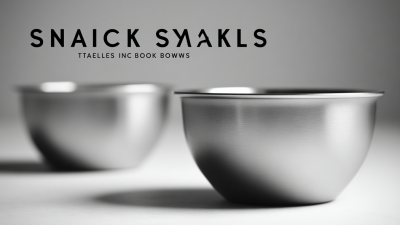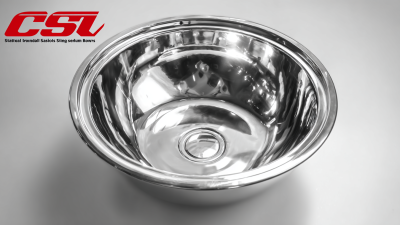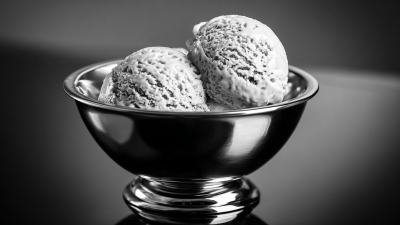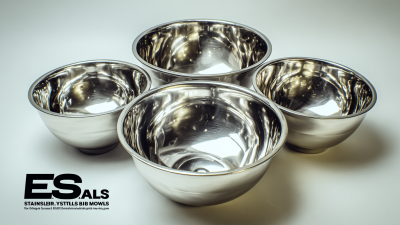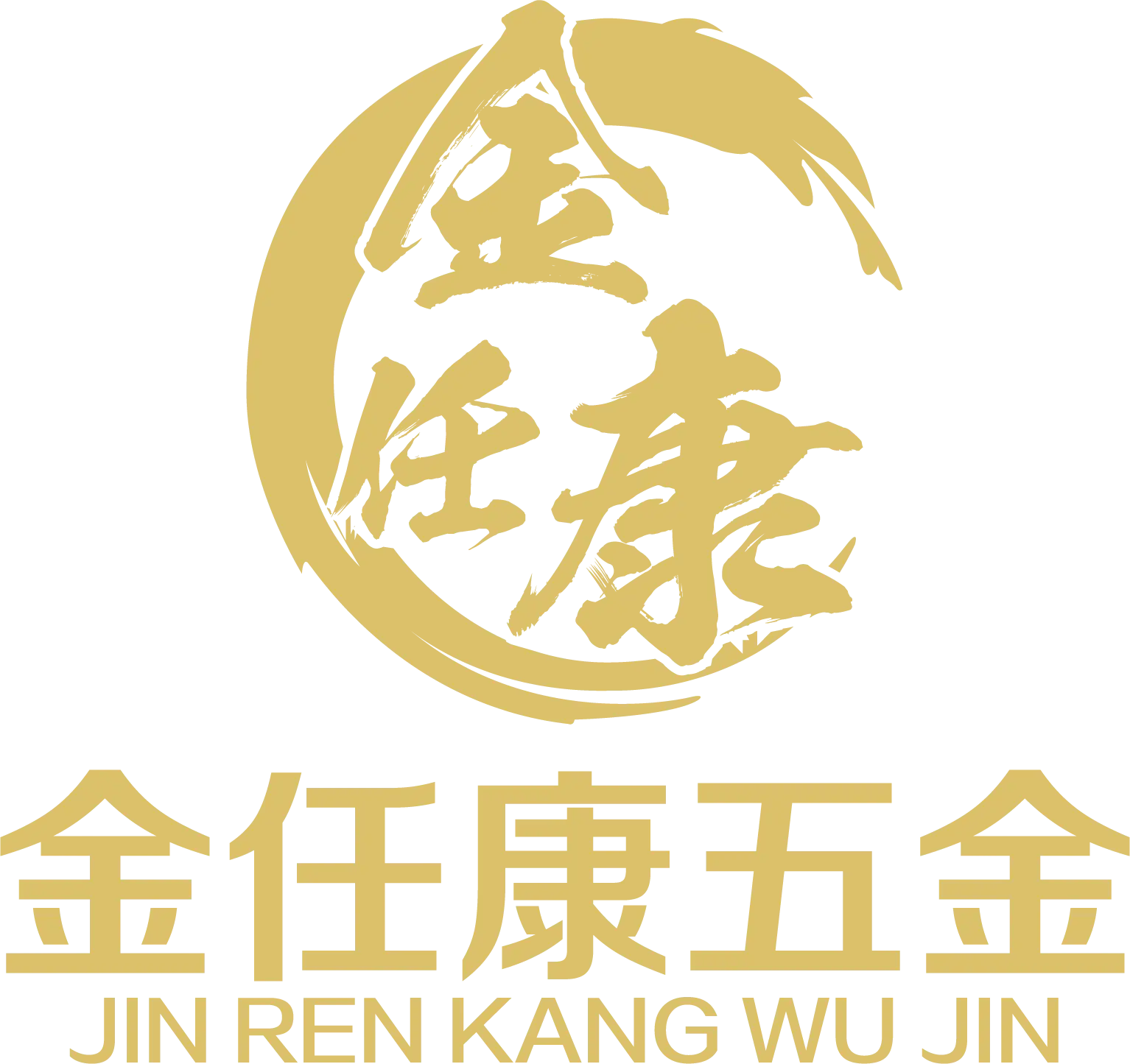In the realm of modern cooking, the choice of kitchenware can significantly impact both culinary outcomes and overall kitchen efficiency. Stainless Steel Kitchenware has emerged as a leading choice among professional chefs and home cooks alike, thanks to its myriad advantages. According to a report by the American Institute of Steel Construction, stainless steel accounts for over 50% of the market in kitchen appliances and utensils, owing to its durability, non-reactivity, and aesthetic appeal. With its resistance to rust and corrosion, stainless steel not only ensures longevity but also promotes food safety by minimizing the risk of bacterial growth. Furthermore, a survey by the National Kitchen and Bath Association revealed that 78% of consumers prefer stainless steel because it is easy to clean and maintains its luster over time. As we delve into the benefits of incorporating Stainless Steel Kitchenware into your cooking routine, it becomes evident that this material is not just a trend; it's a practical solution for the demands of contemporary culinary practices.
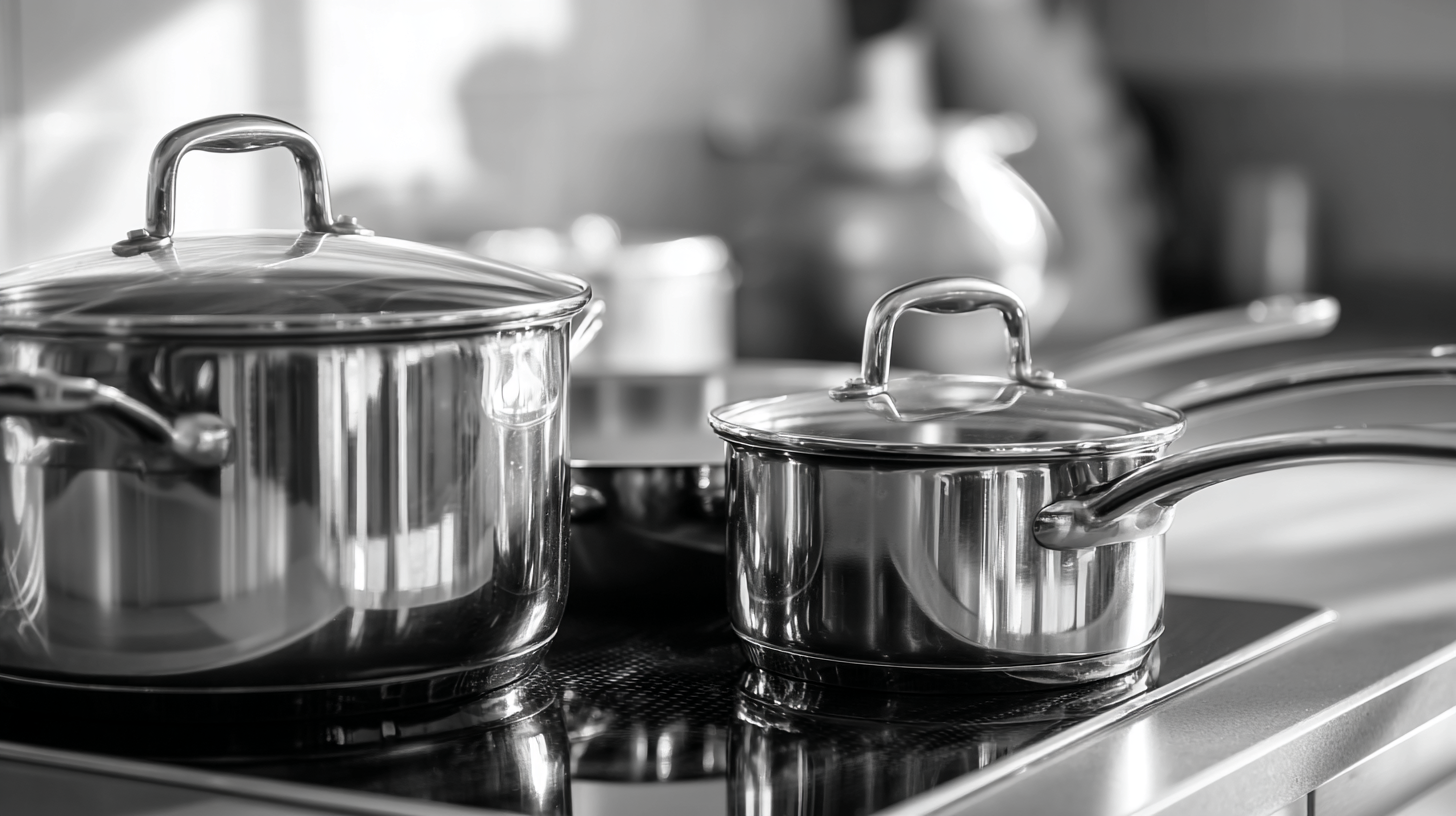
When it comes to kitchenware, the choice of material can significantly impact both cooking performance and safety. The durability debate between stainless steel and traditional materials, like cast iron or aluminum, often highlights stainless steel's superior longevity and resilience. Unlike many other materials, stainless steel does not rust, corrode, or stain, making it an ideal choice for everyday use. This non-reactive nature not only allows for safe cooking, preserving the flavors of your dishes, but also ensures that it can withstand the rigors of modern cooking without losing its integrity.
Furthermore, stainless steel cookware is designed for efficiency. Its ability to distribute heat evenly results in better cooking results — whether you're simmering sauces, frying, or baking. Unlike traditional materials that may require more careful maintenance to sustain their performance, stainless steel kitchenware is easy to clean and can endure high temperatures without warping or degrading. For those who prioritize both safety and durability in their cooking tools, stainless steel stands out as a versatile and reliable option that complements contemporary culinary practices.
| Material | Durability | Corrosion Resistance | Heat Conductivity | Maintenance | Cost |
|---|---|---|---|---|---|
| Stainless Steel | High | Excellent | Good | Low | Medium |
| Aluminum | Medium | Low | Excellent | Medium | Low |
| Cast Iron | High | Poor | Good | High | High |
| Non-Stick Coatings | Medium | Fair | Good | Medium | Medium |
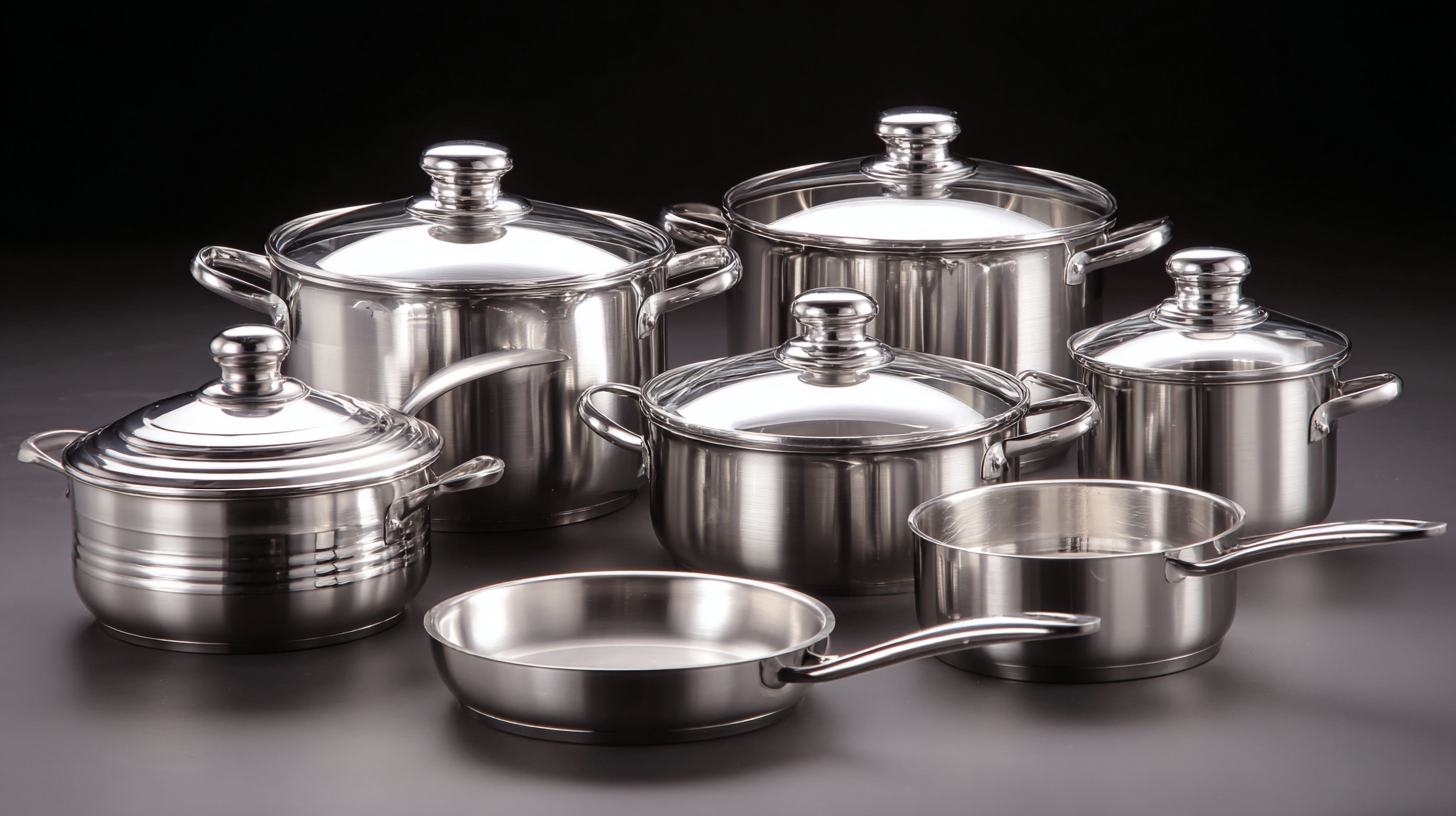 Stainless steel kitchenware has gained significant traction in modern cooking due to its impressive heat conductivity compared to other materials. While cast iron and carbon steel are often praised for their heat retention, stainless steel offers a unique balance of durability and responsiveness that makes it an ideal choice for a variety of cooking techniques. According to industry reports, stainless steel cookware heats evenly and quickly, allowing for better temperature control, which is crucial for precise cooking. This property is especially beneficial for tasks such as sautéing vegetables or searing meats, where a rapid temperature change can enhance flavor and texture.
Stainless steel kitchenware has gained significant traction in modern cooking due to its impressive heat conductivity compared to other materials. While cast iron and carbon steel are often praised for their heat retention, stainless steel offers a unique balance of durability and responsiveness that makes it an ideal choice for a variety of cooking techniques. According to industry reports, stainless steel cookware heats evenly and quickly, allowing for better temperature control, which is crucial for precise cooking. This property is especially beneficial for tasks such as sautéing vegetables or searing meats, where a rapid temperature change can enhance flavor and texture.
Recent evaluations have shown that while traditional non-stick and cast iron options have their place in the kitchen, the versatility of stainless steel shines through. It is lighter, making it easier to handle, and avoids health concerns that some may associate with non-toxic coatings. Moreover, the global market for stainless steel cookware is expected to expand steadily, reflecting consumers' increasing preference for non-reactive, long-lasting kitchenware that delivers excellent performance without the complications of other materials. As more kitchens adopt induction stovetops, the compatibility of stainless steel further elevates its standing, cementing its role as a core component of modern culinary practices.
When it comes to choosing cookware that prioritizes health and safety, stainless steel stands out as a top contender. Unlike alternatives such as non-stick pans, which can release harmful chemicals as they degrade, stainless steel is a non-reactive and non-toxic option. Studies have shown that stainless steel cookware does not leach harmful substances into food, making it a safer choice for modern kitchens that prioritize wellness. According to the American Cancer Society, using stainless steel can significantly reduce exposure to toxic compounds associated with certain types of cookware.
Moreover, the versatility of stainless steel is noteworthy—it is resistant to rust, corrosion, and warping, which makes it a durable choice for both professional chefs and home cooks. While some may consider carbon steel as an alternative, it requires more maintenance, can rust if not seasoned properly, and may pose a greater risk for iron leaching in certain dishes. This is particularly concerning for individuals with health issues such as hemochromatosis. Thus, while evaluating health risks, stainless steel emerges as a leader in the quest for safe, reliable kitchenware, providing peace of mind alongside culinary excellence.
Stainless steel kitchenware is not only a popular choice for modern cooking due to its durability and sleek aesthetics but also stands out for its eco-friendliness. The manufacturing process of stainless steel involves recycling materials, which significantly reduces the need for virgin resources. As a result, stainless steel products not only have a lower carbon footprint but also contribute to a more sustainable kitchen environment.
Moreover, stainless steel kitchenware boasts an impressive lifespan, often lasting for years without the need for frequent replacement. This longevity translates into less waste, as consumers are not constantly discarding non-durable alternatives. Additionally, stainless steel is non-reactive and does not leach chemicals into food, ensuring that meals remain safe and pure, thereby promoting healthier cooking habits. By choosing stainless steel kitchenware, environmentally conscious cooks can enjoy the dual benefits of premium performance and reduced ecological impact.
Stainless steel kitchenware has gained immense popularity in modern cooking, not just for its aesthetic appeal but also for its cost-effectiveness over time. Investing in high-quality stainless steel pots, pans, and utensils may require a higher initial outlay compared to other materials, but the long-term savings can be significant. Unlike non-stick coatings, stainless steel does not wear off over time, meaning you won’t need to replace your cookware every few years. This durability translates to fewer replacements, ultimately saving money.
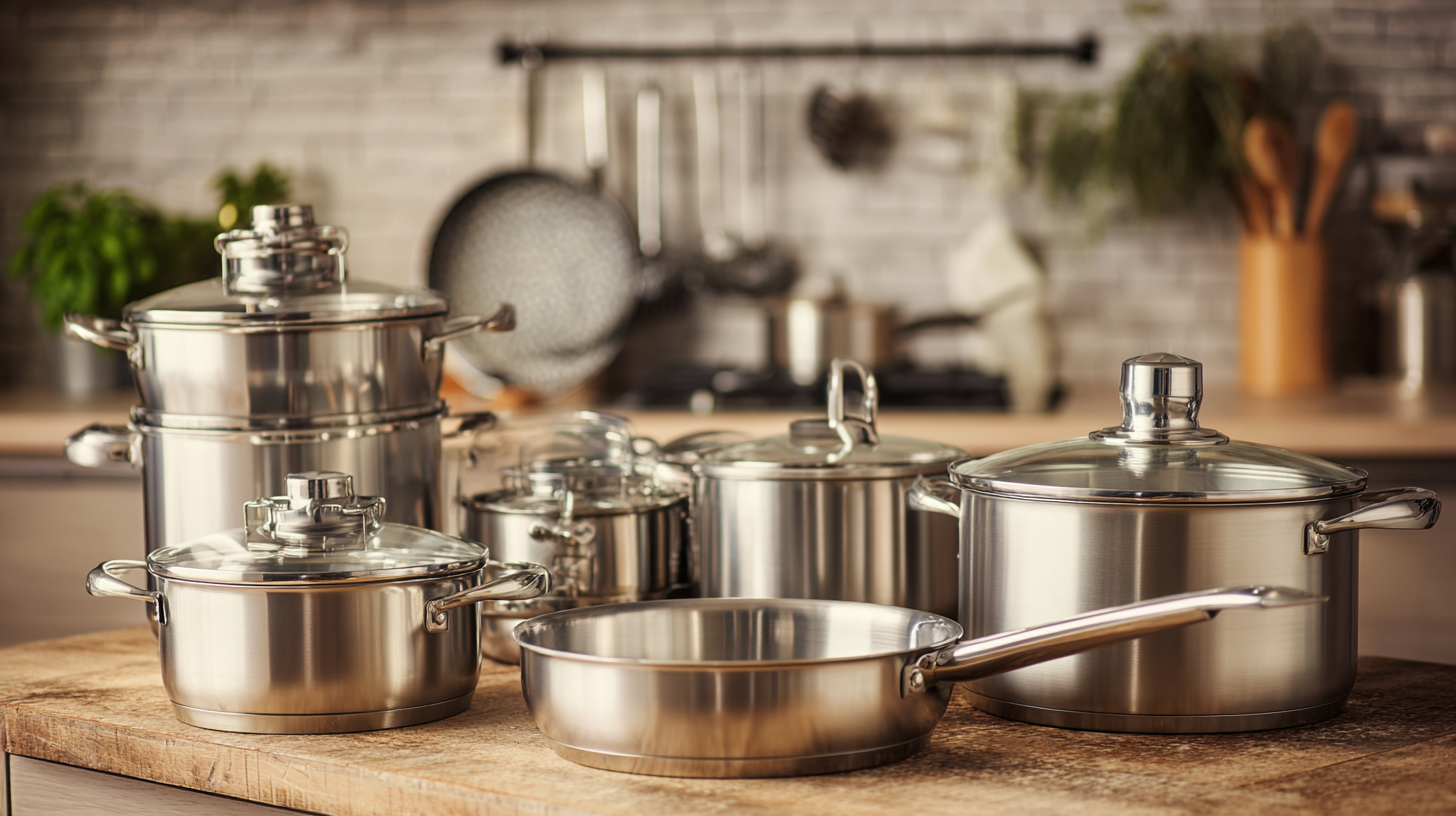
Moreover, stainless steel is highly resistant to corrosion and staining, which allows it to maintain its performance without the need for special cleaning products or maintenance techniques. With proper care, stainless steel kitchenware can last a lifetime, preventing the additional expenses associated with frequent product replacements. Additionally, stainless steel's ability to provide even heat distribution ensures better cooking efficiency, leading to energy savings as well.
Thus, when analyzing the financial implications, stainless steel kitchenware stands out as a wise choice for those who prioritize both quality and longevity in their kitchen investments.
